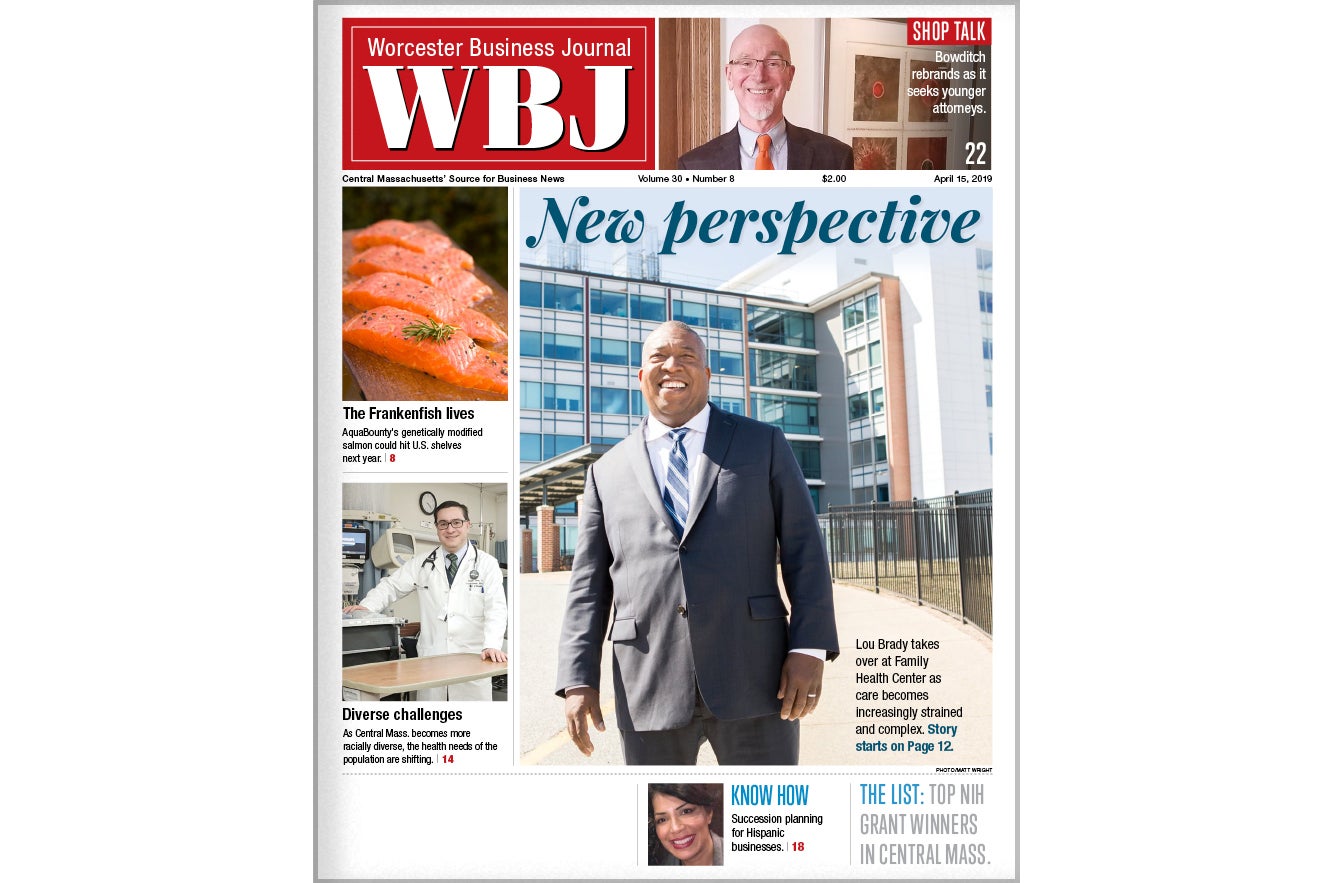The Outlook For Massachusetts In 2010 And Beyond

Technically, the current recession may be over in that the bottom in real gross state product — a measure of the output of goods and services produced in state — may have already been reached in October or November of this year.
Weak growth in output in the first half of next year will not be strong enough to result in employment gains, so employment will continue to fall in the first three quarters of next year and the unemployment rate will continue to rise, although the pace of job loss will slow.
Tough Sledding
The New England Economic Partnership (NEEP) forecast calls for employment to bottom out in the third quarter of next year (2010), with total job losses in the recession amounting to 5.9 percent of the peak payroll employment level in the first quarter of 2008. Despite the unexpected drop in the unemployment rate in October, the NEEP outlook is for the unemployment rate to continue to rise through the middle of next year, peaking at 9.6 percent in the second or third quarter of 2010.
In terms of the number of jobs lost, this recession is similar to the last one, the so-called “dot.com” recession of 2001-2003, in which employment declined by 6.1 percent. However, this recession has been steeper and deeper, and has been harder on workers than the last.
We estimate the peak to trough decline in real gross state product to have been 3.2 percent, versus 2.5 percent in the prior recession. The unemployment rate has exceeded that of the last recession and even that of the very severe 1989-91 recession. Moreover, underemployment has been a particular problem in this recession, with more workers than ever before in recent history working at reduced hours, and many having experienced salary reductions or furloughs.
The economic stimulus program of the federal government has been successful in limiting job losses and supporting consumer spending, especially with the new homes credit and cash for clunkers programs. There is a danger that households, having suffered income losses through job losses, reduced hours of work, and reduced pay rates, could cut back on consumer spending enough to send the economy into a double-dip recession. If this happens, another round of fiscal stimulus would be needed.
However, I don’t think this will be necessary, because private demand and investor confidence appears to be improving, especially in technology markets that are important for Massachusetts exports. Virtually every measure of demand or sales in information technology markets turned around sharply in the spring of this year. Furthermore, a weakening dollar will help spur exports by making U.S. products cheaper relative to the international competition.
Wallet Health
In addition, the housing market has improved substantially this year, with robust increases in sales and prices throughout the spring and summer. In combination with a sharp rise in stock markets, household wealth is growing once again. It also appears that hours of work are beginning to increase as well.
With rising household incomes and wealth, the vicious downward cycle of this recession should be over, and should soon be replaced by a virtuous cycle of increasing spending, which will lead to job growth late in 2010.
Employers have cut costs to the bone relentlessly in this recession, and will have to add hours and later jobs in response to even a tepid rise in consumer spending. Although the job recovery will just begin to get rolling late next year, the NEEP outlook is for accelerating job growth in 2011.
Commercial real estate will be about the last sector to participate in this recovery. The excess inventory in office and retail space will not be absorbed until employment returns to its former level and shoppers return to malls en masse. This may not happen until 2013, when employment in Massachusetts reaches is pre-recession level.
Alan Clayton-Matthews is an associate professor at the School of Public Policy and Urban Affairs for Northeastern University. He’s also a director with the New England Economic Project.









0 Comments